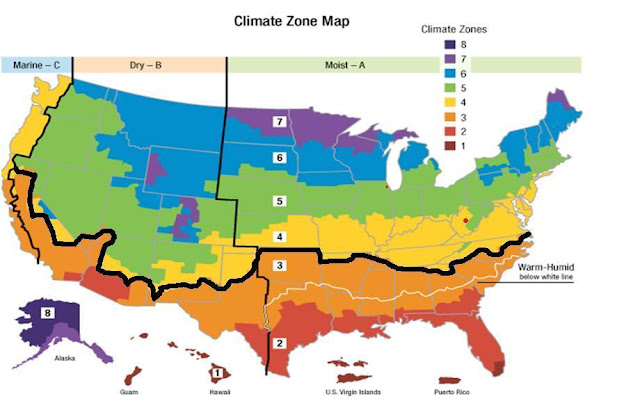Question:
1)What are the benefits of using the following products:
- TPO (Thermoplastic Olefin)
- A- It meets Chicago's energy code.
- B- It's reflective; and, when welded well, it's all as one
- C- Reflectivity
- D- Cost, and easy of installation
- E- Meets Energy Star's requirements. It's cost effective. has better peel and shear than most.
- MODIFIED BITUMEN
- A- It's a redundant system.
- B- Strong puncture resistance; it's great for heavy foot traffic.
- C- Don't see any benefits
- D- Redundancy and durability
- E- Longevity and a proven track record.
- B.U.R. (Built Up Roof)
- A- It's a good roof if done right.
- B- If applied right it's tough to beat
- C- old technology
- D- Redundancy and durability
- E- It's a proven system, and very versatile
- EPDM (Ethylene Propylene Diene Monomer)
- A- Product itself will last forever, 50 years or more. The seam technology has made the product the most reliable, and it has proven itself easy to work with.
- B- EPDM is the most diversified product. you get the most bang for your buck than any other product, and you get the most life out of it.
- C- 40 plus year history, great UV and water resistance, very good track record.
- D- Lightweight, Cost less
- E- Proven system , accommodates extreme building movement.
- TPO (Thermoplastic Olefin)
- A- It hasn't been out that long, it's tiff sheet making it hard to work with
- B- It has lack of standards in the industry. It's new to the market. There's potential for application error down the road, which would happen six months to three years after the roof has been installed.
- C- Only ten years of history, at best.
- D- It's new, there's no history.it's sensitive to foot traffic and mechanical abuse.
- E- relatively new, lack of experience.
- MODIFIED BITUMEN
- A- Many, Many seams compared to other systems leaving greater risk for proper workmanship to ensure a good roof
- B- It is torch applied if using the APP modified, which is dangerous
- C- It does not like ponding water, has a seam every 39", not cost effective
- D- most costly. Torch is a safety concern
- E- to many ways to install presents potential problems for a less the quality installer.
- B.U.R. (Built Up Roof)
- A- The waterproofing comes from the asphalt. The roof is only as good as the mop man. If he has a bad day, the roof will reflect it. The roof has several sensitive issues when applying: EVT Estimated Equiviscous temperature making it much more difficult when installing it
- B- fumes, smell, danger of fire, many possible application error
- C- environmental issues, and great margin for error
- D- smell, losing qualified applicators therefore jobs are not going well
- E- costly when done right, smells, odors
- EPDM (Ethylene Propylene Diene Monomer)
- A- Didn't say there were any issues, just talked about how the seam technology has improved.
- B- It has weather limitations if you use the splice adhesive. If you don't use the splice adhesive, and use the tapes instead, there aren't any issues.
- C- it has issues with heavy foot traffic, and animal fat trow-off.
- D- It's not white, and is fragile to heavy foot traffic
- E- Seam Strength, and minimal reflectivity.



